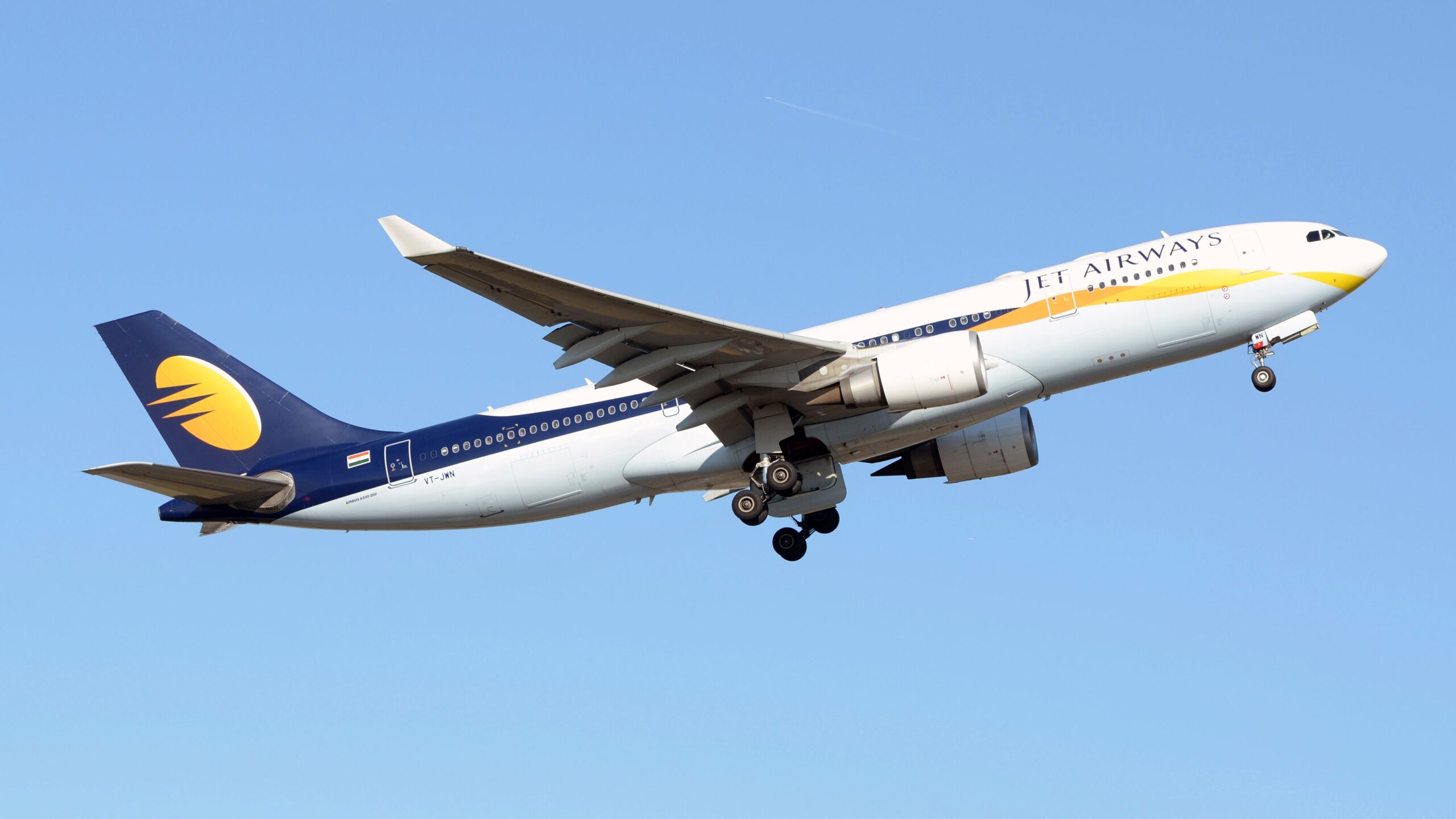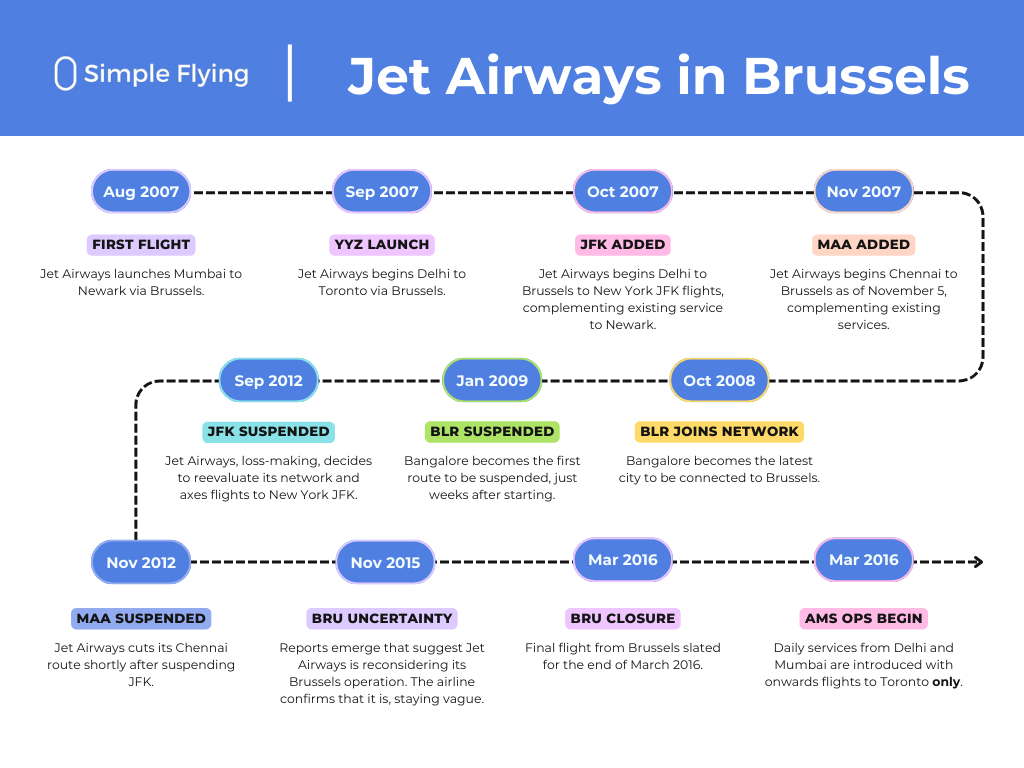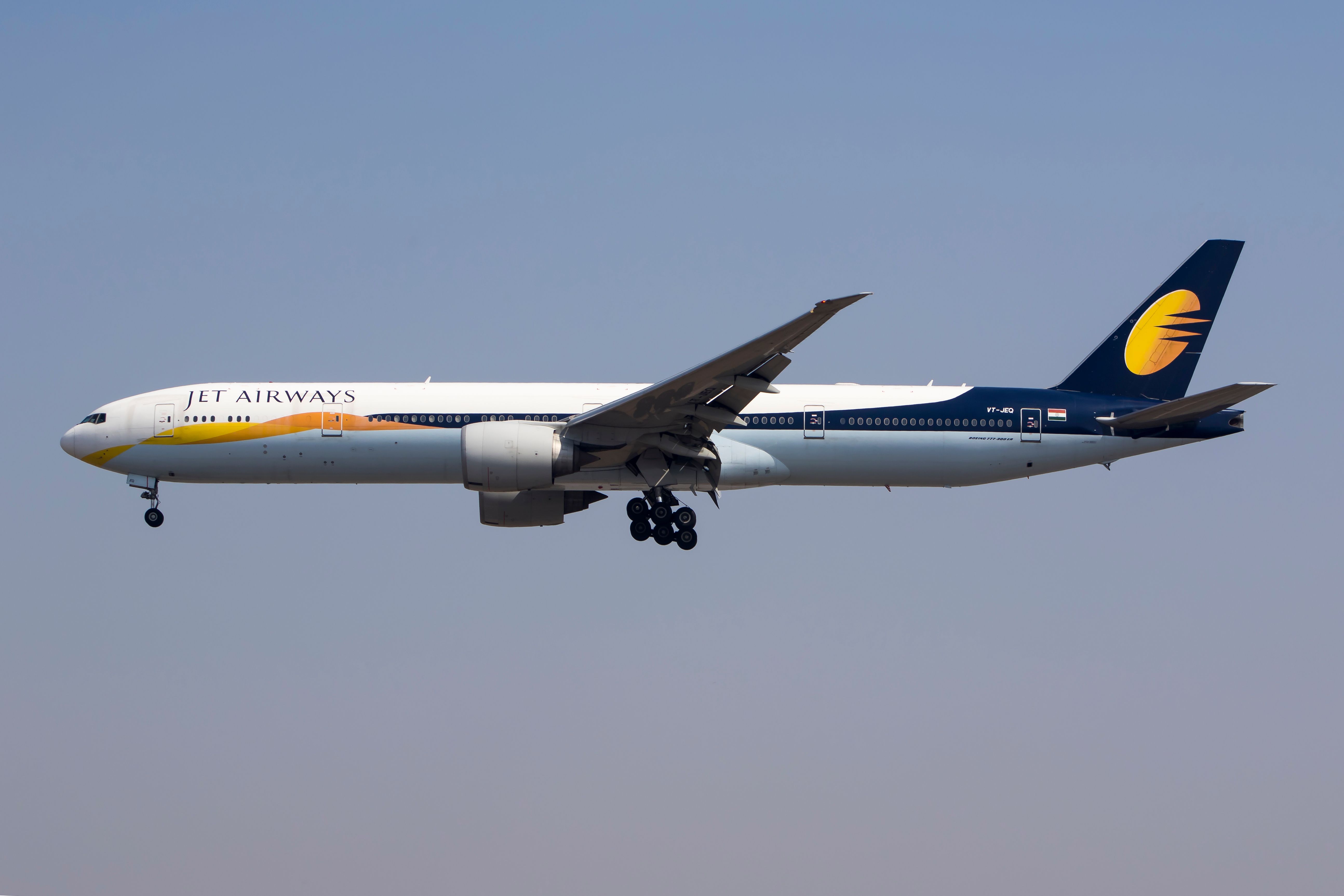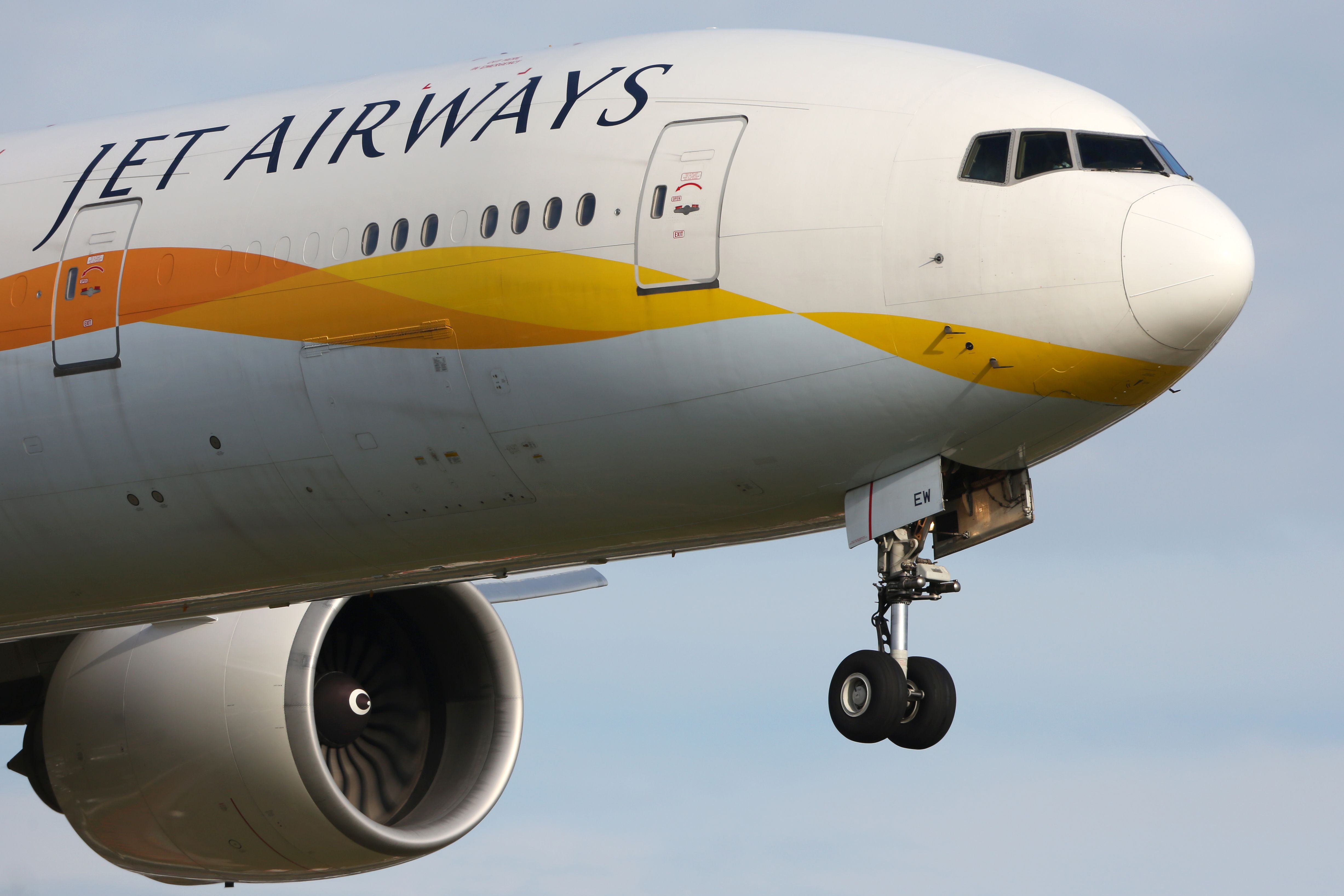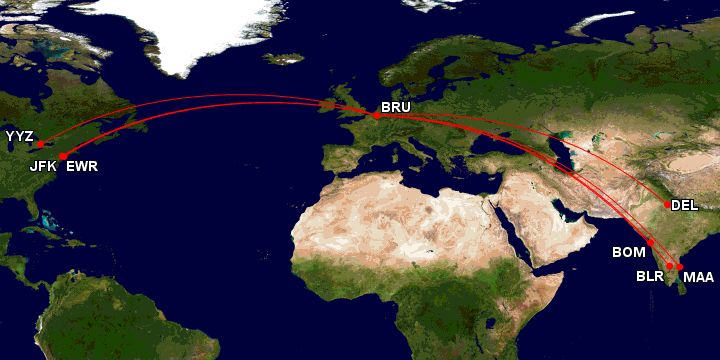Summary
- Jet Airways initially connected India to North America via a scissor hub in Brussels, offering passengers more choice in terms of origin and destination points.
- Brussels was chosen as a hub due to slot availability, demand, and other infrastructure factors, such as the airport’s attractive offer and sufficient slots in the peak morning period.
- The operation ensured connections for Indian passengers to North America and vice versa, as well as partnering with Brussels Airlines for connections from European destinations and elsewhere.
India to North America is a popular market, with a significant number of demand-heavy routes still unserved. Jet Airways (9W) was the first to connect India to North America, beginning in 2007. The carrier had massive plans, operating routes to New York JFK, Newark and Toronto.
In an interview with Simple Flying, Bernard Guisset, former Sales Manager and External Communications Manager for Continental Europe, takes a trip down memory lane into Jet Airways’ North American operation, which initially routed via Brussels.
A so-called “scissor-hub” or “star” hub, as Guisset names it, was established in the Belgian capital back in 2007, a weird choice indeed for what became Jet Airways’ European hub. At the time—and arguably today—Brussels was not considered an intercontinental megahub, and today, it lacks any connection to India, where it once had four with 9W.
Brussels was abandoned by the Indian carrier in 2016, resulting from various problems co-occurring, including Brussels Airlines’ entry into Star Alliance and additional conflict with the activity of strategic partner Etihad. Amsterdam was selected as its replacement – on first glance a more responsible choice – with a significantly reduced operation.
Infographic: Dillon Shah | Simple Flying
So why did Jet Airways select Brussels Airport for its transatlantic scissor hub in the first place? Why was once upon a time this fascinating yet unusual operation viable? These questions and many more were posed to the Sales Manager, who nostalgically looked back at his time with the airline, creating what was both an unusual and creative transatlantic solution.
A plan to link North America
London, Amsterdam, and Paris are the first cities that come to mind when thinking about a demand-heavy, high-yielding stopover point if you are an Indian airline looking to fly to North America. Several factors come into play, though, when Jet Airways chose its new European hub, including:
- Slot availability
- Demand
- Expertise (does the airline already operate there, for instance)
- Other infrastructure
At the time, 9W already had services to London Heathrow (LHR), meaning it was an option. But capacity was lacking.
“Heathrow could not actually offer the slots we wanted to have at the right time. So they [Jet Airways] preferred to actually keep the good operation they had into London, and added capacity to Brussels, instead of concentrating everything to London.”
It was a similar story in Paris, too. However, Brussels met most of the requirements. The airport put forth an attractive offer, including developing infrastructure, and had sufficient slots in the peak morning period to accommodate the new operation.
“The beauty of the exercise was actually to make like a Star operation from Mumbai, and Delhi, and later on from Chennai, into Brussels, and then from Brussels have also flights going into Newark, into JFK and into Toronto. So with this Star effect we had the opportunity to actually combine so that all flights would come at the same time, or thereabouts, and that all flights would depart at the same time as well.
This meant that we gave the opportunity to Indian passengers going to North America to choose a flight in Brussels, Toronto, Newark or JFK, the same way on the other side for Americans and Canadians to have a choice in Brussels to go to Mumbai to Delhi or to Chennai.
By operating one-stop flights, Jet Airways had more confidence in its ability to fill its planes: it offered passengers more choice in terms of both origin and destination points and the option to stretch their legs at a convenient and otherwise quiet airport like Brussels. Jet Airways Chairman Naresh Goyal said at the time of the European hub’s launch:
“Jet Airways was looking for an opportunity to combine its expansion plan to USA and Canada with an efficient hub in Europe together with a strong national carrier offering a wide network … we have found it all at Brussels. Jet Airways is also pleased to offer its customers a world class in-flight product, with the latest innovations in the airline industry.”
Connections, connections, connections
The operation ensured that Indian passengers wanting to go to North America could do so via Brussels to either Toronto or Newark (or New York). The same was true for Americans and Canadians looking to go to India, with the option to connect in Brussels onto services to Mumbai, Delhi, Chennai, and, at one point, Bengaluru. In addition to these passengers, Jet Airways partnered with Brussels Airlines to allow connections from European destinations and elsewhere.
“This meant that in those days, the number of transit passengers in Brussels was immense. We had a lot of passengers, between 08:00 in the morning until 10:30, that were actually crossing from one side to the other one. It was to such an extent that we had special deals with Brussels Airport to make infrastructure available to do that. And they even built a special duty free shop to accommodate all the requests from passengers for duty free shopping.”
Here’s what the network looked like via Brussels at its peak at the end of 2008.
Photo: GCMap.com
The partnership with Brussels Airlines was essential to the operation’s success, with connections from European countries and the airline’s expansive African network.
“And of course, at the same time for us, because I was at that time in the Brussels Sales team to develop sales from Belgium, but also from the whole of Europe by having airlines, feeding Brussels, and our flights, I mean, especially from Germany, and a little bit from France. A bit from the Netherlands, as well as Scandinavian countries.”
More recently, Brussels Airlines attempted to operate to Mumbai back in March 2017 but quickly backtracked, citing economic reasons “as the route does not deliver the anticipated results.” The flight was suspended in January 2019. Guisset remarks:
I think the operation into Brussels was only viable because we had these two connections in North America. And the best proof was indeed that Brussels Airlines was not successful in keeping their flights into Mumbai because of lack of feeding both in India and in Europe.
How extensive was the operation?
At the end of 2008, the Brussels operation was at its peak in terms of destinations. Cirium data from November 2008 shows that Jet Airways connected the following Indian cities with Brussels, as well as details on aircraft, frequencies, and seats.
|
Airport |
Aircraft |
Flights operated |
Seats on offer |
|
Mumbai (BOM) |
B777 |
30 |
9360 |
|
Delhi (DEL) |
B777 |
30 |
7038 |
|
A330 |
3 |
||
|
Chennai (MAA) |
A330 |
30 |
6780 |
|
Bengaluru (BLR) |
A330 |
18 |
4068 |
Of course, frequencies varied by season and by year, depending on demand. The above list gives an idea of the overall operation, taking November 2008 as an example.
This was what the Jet operation looked like from North America (to Brussels).
|
Airport |
Aircraft |
Flights operated |
Seats on offer |
|
Newark (EWR) |
B777 |
30 |
9360 |
|
New York (JFK) |
A330 |
27 |
7038 |
|
B777 |
3 |
||
|
Toronto (YYZ) |
A330 |
30 |
6780 |
Similarities today: The US-Africa hub
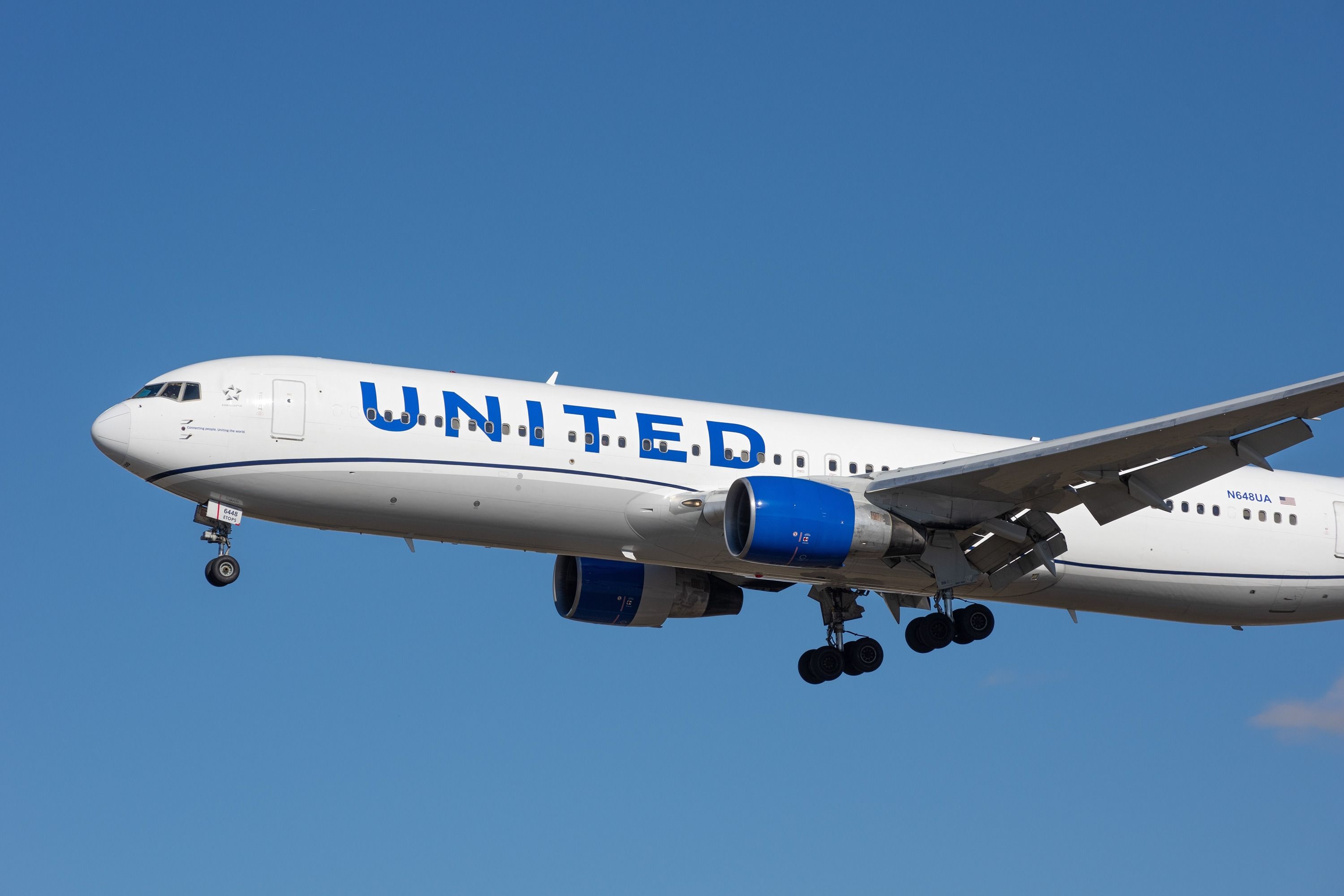
Related
United Airlines And The Lufthansa Group Want To Make Brussels A US-Africa Hub
The star-alliance partners are looking to boost travel between the two continents.
The idea of connecting North American-bound flights via Brussels has reappeared recently. Earlier this year, the Lufthansa Group—together with its joint venture partners United and Air Canada—announced the establishment of a US-Africa hub in the Belgian capital.
The operation foresees additional flights between the US and Brussels, feeding Brussels Airlines’ ever-expanding routes to Africa. It is worth noting that just last month, the Belgian carrier relaunched flights to Nairobi. At the time of the launch, Brussels Airlines told Simple Flying that two conditions allowed the carrier to return to Nairobi, one of which was connecting traffic. CEO Dorothea Von Boxberg said:
Also, thanks to our partners United and Air Canada who are adding flights to Brussels. And thanks to that extra connectivity, we can now make this route to Nairobi.”
In the same way that Jet Airways needed North America to make a Brussels stopover viable, the Belgian flag carrier needs the region to make some of its African destinations successful.
Similarities today: Virgin Atlantic relaunches Canada
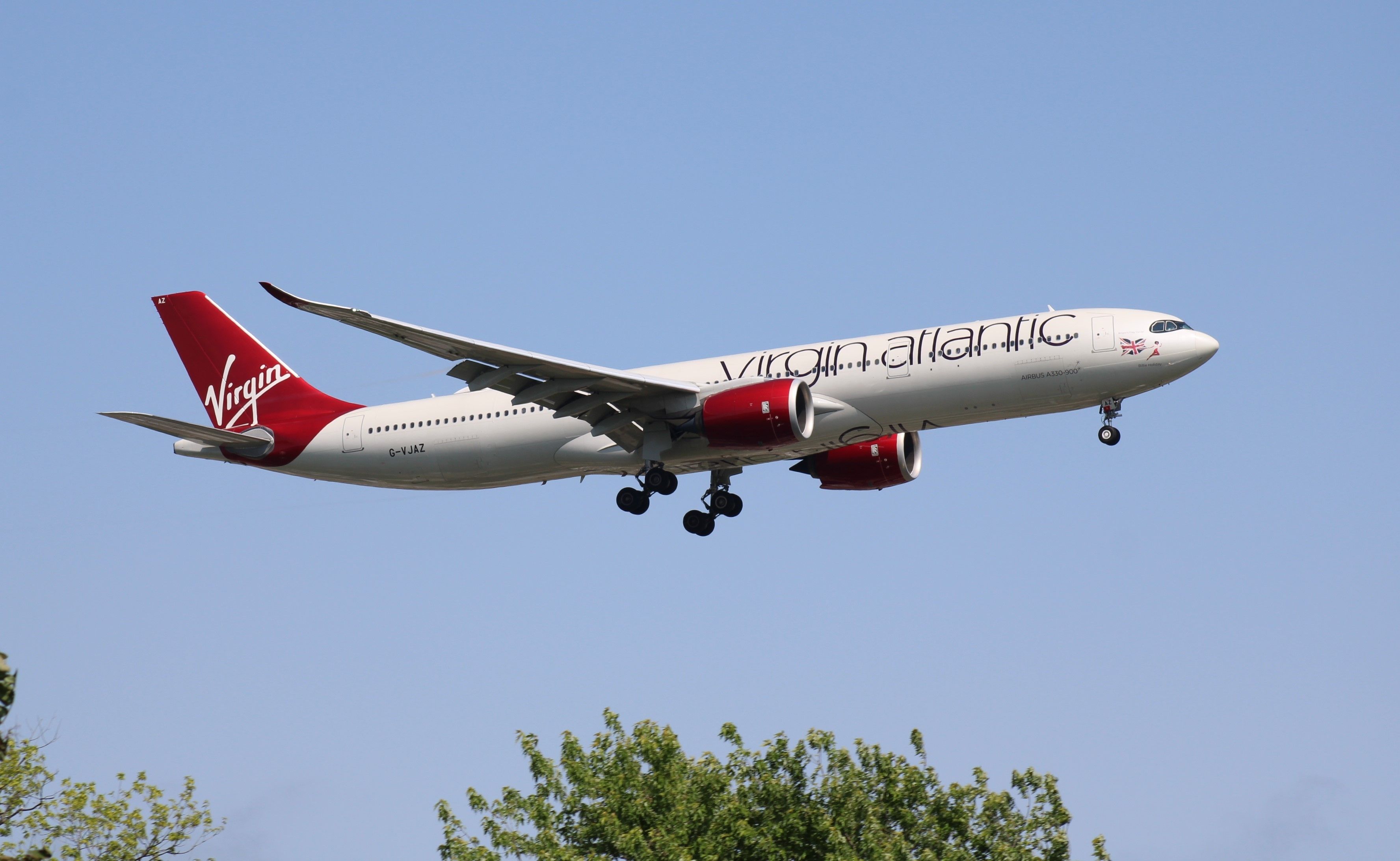
Related
Virgin Atlantic To Operate In Canada After 10 Years With Daily Toronto-London Heathrow Flight
Flights will begin in March 2025.
From March 2025, Virgin Atlantic will relaunch operations in Toronto, flying daily with a mix of planes, including the A330neo. The airline’s announcement does not come as a surprise, given the significant growth in demand between India and Canada.
Virgin confirmed that its new route is timed to facilitate passengers connecting from its India-originating flights, including those from Bengaluru, Delhi, and Mumbai. This important detail will allow it to compete effectively on the new service, given heavy competition from the likes of British Airways and Air Canada, which are now well and truly established in that market.
Bottom-line
In many ways, Jet Airways’ Brussels strategy is simply a widened version of a business model predicated on connecting flights to fill up planes. Etihad Airways, Emirates, and Qatar Airways are experts in this, demonstrating the potential success of focusing on transit passengers.
While Jet Airways might have been able to operate its scissor hub a decade ago, it’s unlikely to be replicated in today’s commercial environment. The resources needed to develop such an extensive operation away from an airline’s base are far too costly, not to mention the importance of effective codeshares and alliances. Looking back, though, the 9W operation was exciting, unusual, and somewhat long-lasting despite its challenges.
Have you ever flown with Jet Airways to North America? Let us know in the comments below.

